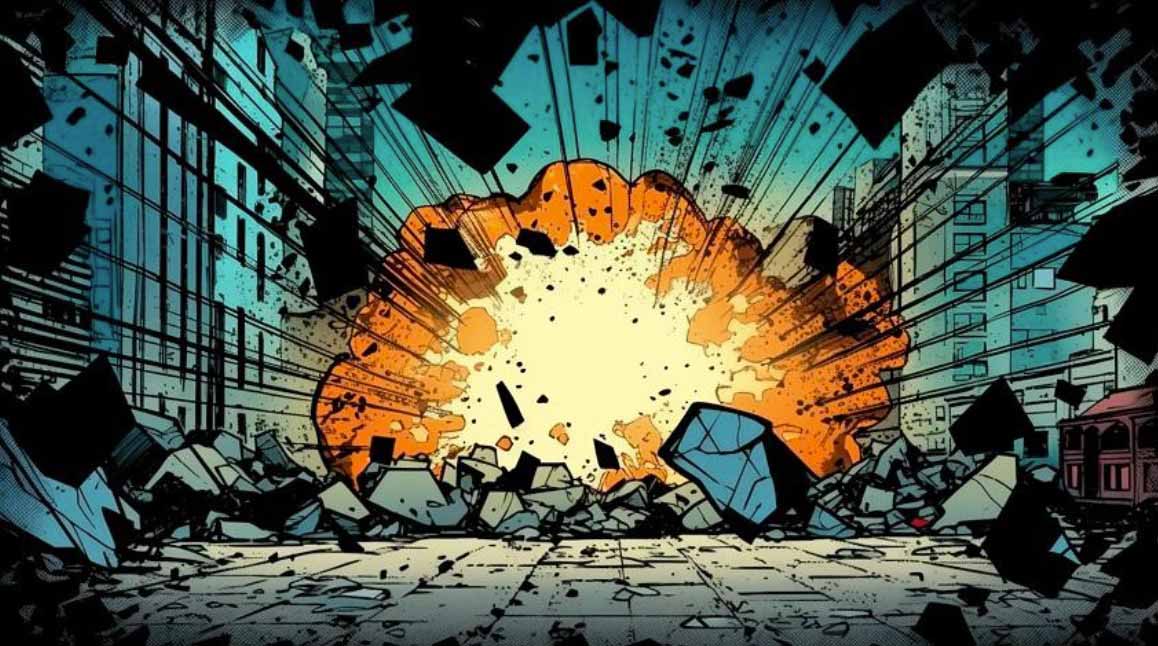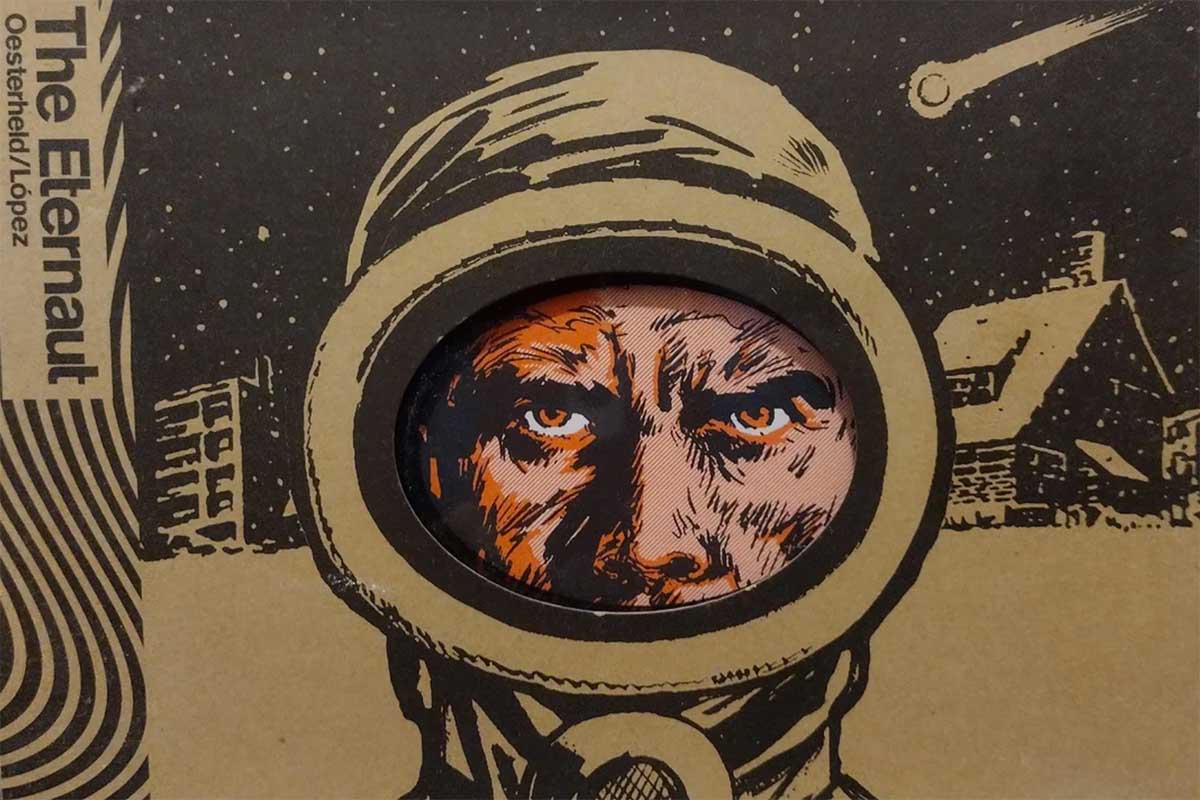Latin American Comics: Exploring a Rich Cultural Tapestry
Comics have long been a captivating medium of entertainment and literature, weaving together visual art and storytelling to create immersive narratives.
While many are familiar with popular superheroes from Marvel and DC, the world of comics extends far beyond these iconic characters.
Latin America boasts a vibrant and diverse comic book scene that showcases unique art styles, cultural perspectives, and narratives.
With the internet, the world has become much smaller – take South America, for example; you can experience its culture through its comics or explore South America through video games.
However, this article will explore South America’s rich culture through its comics. Representing Latinx creators and characters has challenged the comic book industry.
Despite this, Latinx artists continue to make their mark and contribute to the diverse landscape of comics.
Unique Characteristics of Latin American Comics
Latin American comics exhibit distinct characteristics that set them apart from their counterparts in other regions. They often reflect the region’s social, political, and cultural realities, offering a unique lens through which readers can explore Latin American identities and issues.
One notable characteristic is the strong presence of social commentary.
Latin American comics frequently tackle inequality, corruption, human rights, and Latin America’s rapid growth in sports betting, offering biting satire and critical perspectives.
Works like “Mafalda” and “Condorito” are prime examples of how humor and satire can be used to address societal issues.
Moreover, Latin American comics often celebrate cultural diversity and folklore. Artists draw inspiration from indigenous myths, legends, and traditional art forms, infusing their stories with a rich cultural tapestry. This integration of cultural heritage can be seen in works like “Anya’s Ghost” by Vera Brosgol (Russia/United States), which explores themes of identity and immigration.
The 5 Best Latin American Comics
Although the list of great Latin American comics continues, below is our pick of the best five Latin American Comics in history.
“Mafalda” by Quino
No discussion of Latin American comics would be complete without mentioning “Mafalda,” the beloved creation of Argentine cartoonist Joaquín Salvador Lavado, better known as Quino.
The series follows the adventures of Mafalda, an intelligent and socially aware young girl who engages in sharp-witted conversations about humanity, politics, and societal issues.
Argentina faces a range of pressing social issues, including economic instability, institutional weaknesses, corruption, and drug-related violence. In urban areas, there’s also a significant concern regarding gambling, with many people participating in sports betting at Spanish online sites, reflecting the nation’s deep-seated passion for sports.
Despite these complex social challenges, Quino’s ability to blend humor, social commentary, and poignant observations has made “Mafalda” an enduring symbol of Latin American comic art.
“El Eternauta” by Héctor Germán Oesterheld and Francisco Solano López
The second in our list of the best Latin American comics is “El Eternauta,” a science fiction epic that originated in Argentina and was created by writer Héctor Germán Oesterheld and artist Francisco Solano López.
This groundbreaking comic series, first published in the 1950s, follows the story of Juan Salvo and his companions facing an extraterrestrial invasion.
Not only does “El Eternauta” offer a thrilling and suspenseful narrative, but it also serves as an allegory for political and social struggles, making it a significant and influential work in Latin American comics.
“Condorito” by René Ríos
“Condorito” is one of the best Latin American comics and a beloved comic strip created by cartoonist René Ríos. The series revolves around the misadventures of Condorito, a mischievous anthropomorphic condor, and his quirky cast of friends and family.
With its slapstick humor, clever wordplay, and satirical take on Latin American society and culture, “Condorito” has become an integral part of the comic landscape, bringing laughter and joy to readers for generations.
“O Menino Maluquinho” by Ziraldo
“O Menino Maluquinho” (The Nutty Boy) is a beloved Brazilian comic strip created by Ziraldo. It follows the adventures of a mischievous and imaginative young boy who sees the world with a unique perspective. With its heartwarming humor, relatable characters, and themes of childhood and innocence, “O Menino Maluquinho” has become a cultural icon in Brazil.
“4,000 Kilometers” by Felipe Galindo
Felipe Galindo, a Mexican artist also known as Feggo, created the comic strip “4,000 Kilometers,” which humorously explores the experiences of Latin American immigrants in the United States.
Through witty observations and relatable scenarios, Galindo sheds light on the challenges, aspirations, and cultural intersections that immigrants often face.
Final Thoughts
Latin American comics continue to enrich the global comic book landscape with their unique narratives, artistic styles, and cultural perspectives.
These comics offer readers a captivating journey through diverse themes and experiences.
As Latinx comic creators continue to push boundaries and share their stories, the world awaits the next wave of exceptional works that captivate and inspire audiences.




















